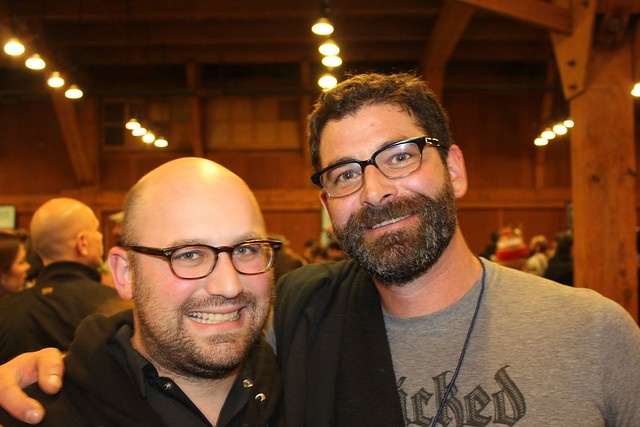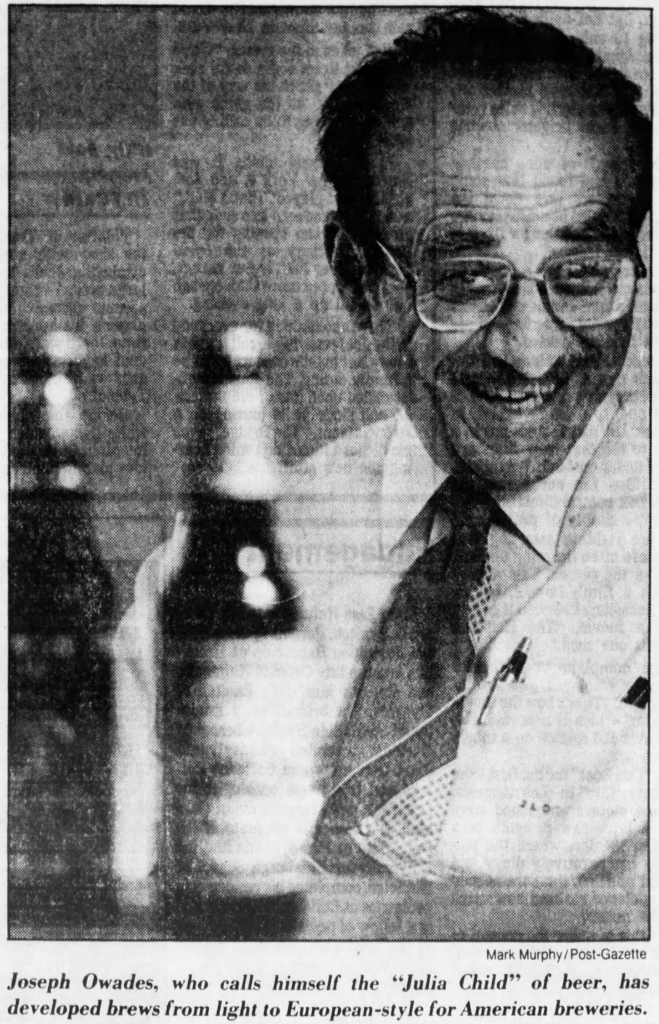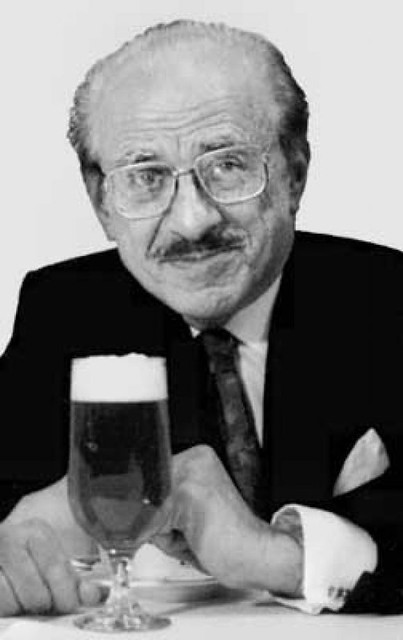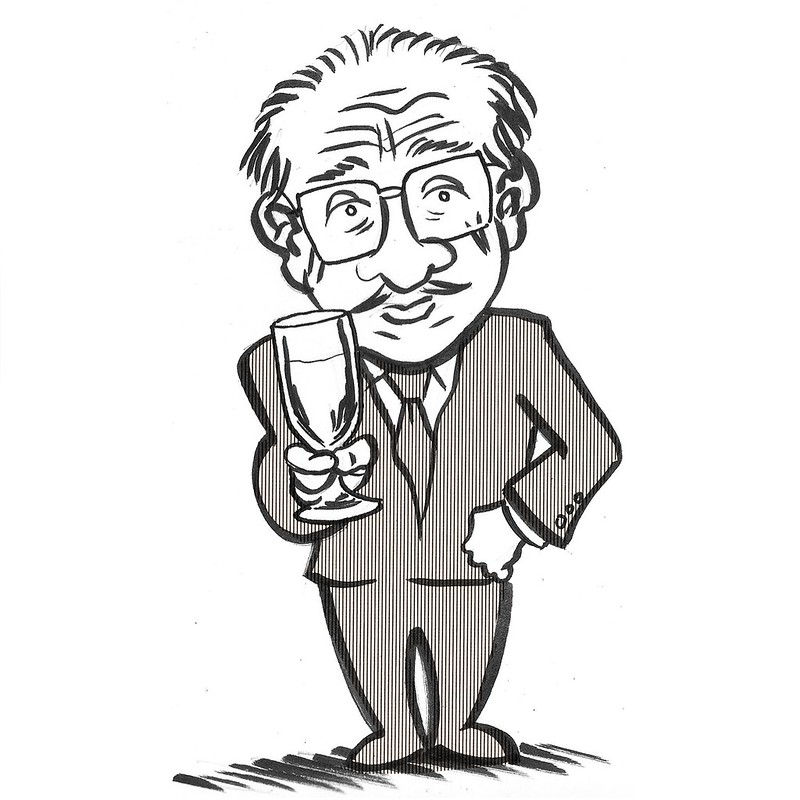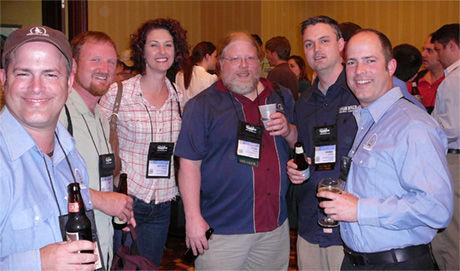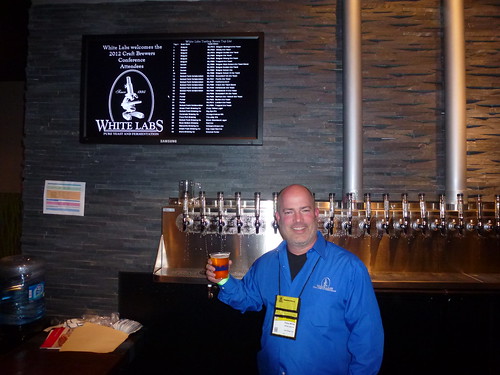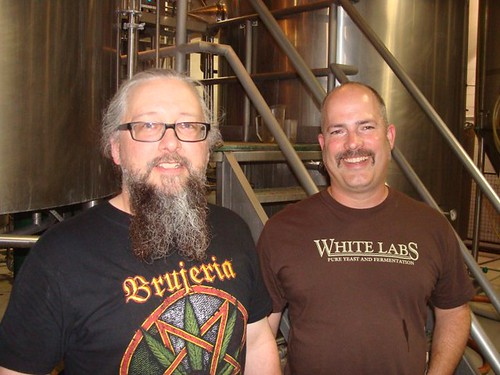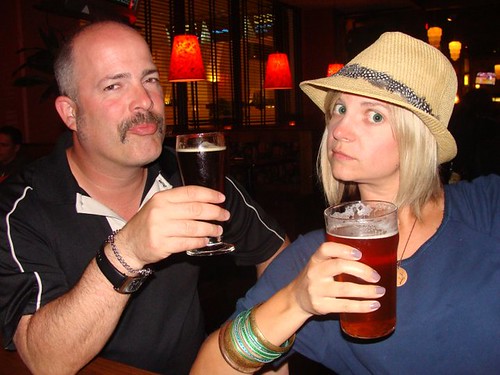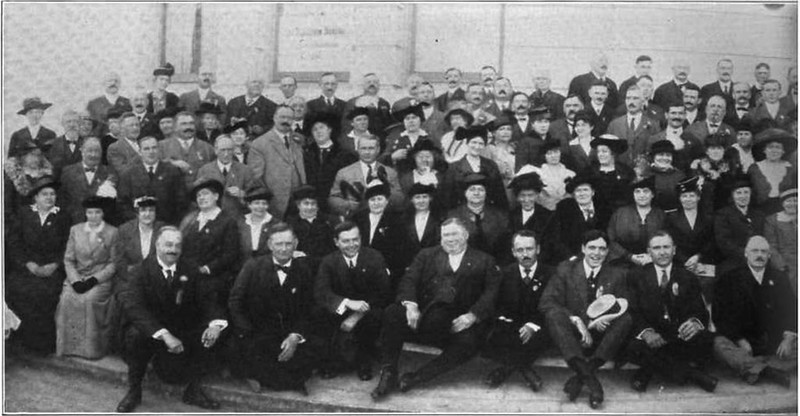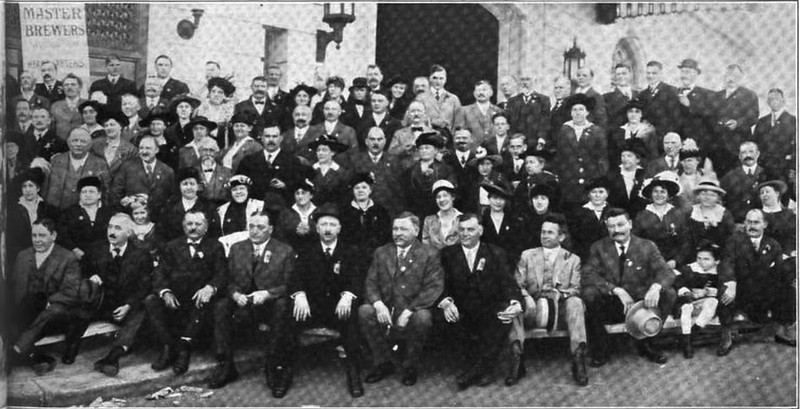
Today is the 54th birthday of Vinnie Cilurzo, founder and brewmaster at Russian River Brewing. Unless you’ve been living under a rock, you know Vinnie is one of the best brewers in America and is credited with having made the first Imperial IPA. Along with his partner Natalie, his Russian River Brewery in Santa Rosa, California won unprecedented back-to-back best brewpub (and brewmaster) awards at the World Beer Cups in 2006 and 2008, and their flagship Pliny the Elder has been picked as the best beer in America by AHA members seven years in a row, but was finally bested last year by Bell’s Two-Hearted Ale, after which Vinnie sent Larry Bell and crew a case of Pliny. Vinnie is one of the nicest people in the industry you’ll ever meet. Last fall, they opened their new production brewery in Windsor, which is an amazing space. Join me in wishing Vinnie a happy birthday.
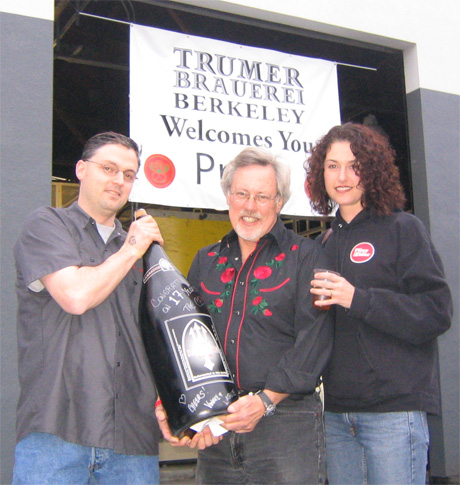 Vinnie and his wife Natalie from presented to Tom Dalldorf (middle), owner of the Celebrator, a Balthazar of their yummy Damnation Ale in honor of the magazine’s 17th anniversary. A Balthazar is 12 liters or contains about 16 normal bottles of beer.
Vinnie and his wife Natalie from presented to Tom Dalldorf (middle), owner of the Celebrator, a Balthazar of their yummy Damnation Ale in honor of the magazine’s 17th anniversary. A Balthazar is 12 liters or contains about 16 normal bottles of beer.
 Dave Keene, owner of the Toronado, Natalie Cilurzo, Dave’s wife Jennifer and Vinnie at CBC in Seattle.
Dave Keene, owner of the Toronado, Natalie Cilurzo, Dave’s wife Jennifer and Vinnie at CBC in Seattle.
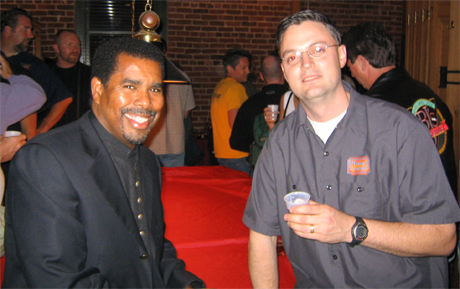 Garrett Oliver, brewer at Brooklyn Brewing Co., and Vinnie at the Brewer’s Dinner the night before GABF begins.
Garrett Oliver, brewer at Brooklyn Brewing Co., and Vinnie at the Brewer’s Dinner the night before GABF begins.
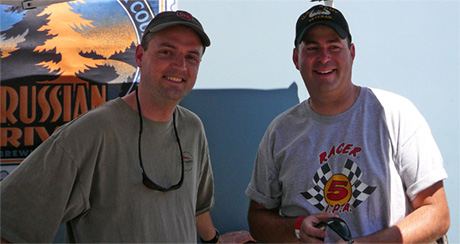 Vinnie and Rich Norgrove from Bear Republic at the Summit Hop Festival a few years ago at Drake’s.
Vinnie and Rich Norgrove from Bear Republic at the Summit Hop Festival a few years ago at Drake’s.
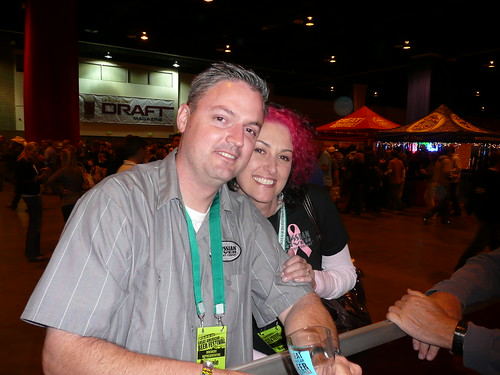 Vinnie with his wife and Russian River co-owner Natalie at GABF in 2009.
Vinnie with his wife and Russian River co-owner Natalie at GABF in 2009.
 Vinnie and me his 40th birthday party at the brewpub several years ago.
Vinnie and me his 40th birthday party at the brewpub several years ago.
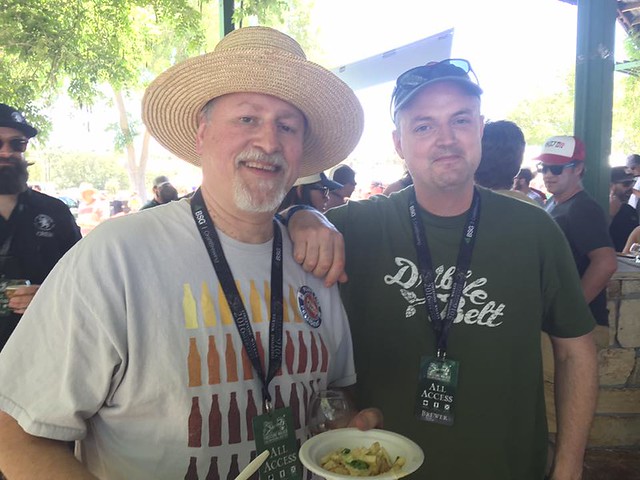 And again several years ago at the Firestone Walker Invitational, sharing some frites.
And again several years ago at the Firestone Walker Invitational, sharing some frites.








 Sierra Nevada head brewer Steve Dressler with Steve at GABF in 2006.
Sierra Nevada head brewer Steve Dressler with Steve at GABF in 2006.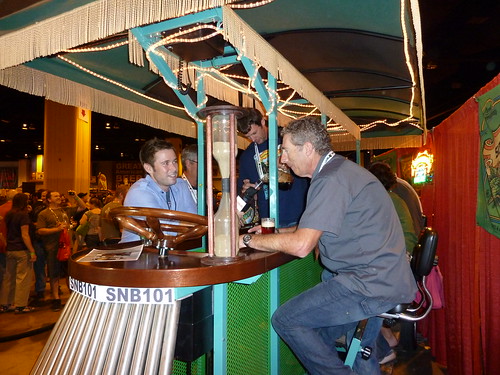 Steve manning the Sierra Nevada bike bar at GABF in 2010.
Steve manning the Sierra Nevada bike bar at GABF in 2010.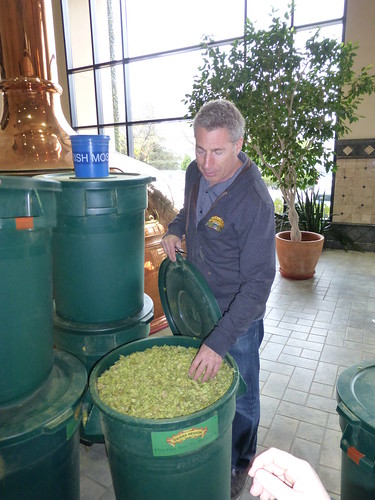 Steve checking out some hops at Beer Camp #93.
Steve checking out some hops at Beer Camp #93. Steve at an event at Four Point Sheraton in L.A. (purloined from Facebook)
Steve at an event at Four Point Sheraton in L.A. (purloined from Facebook)
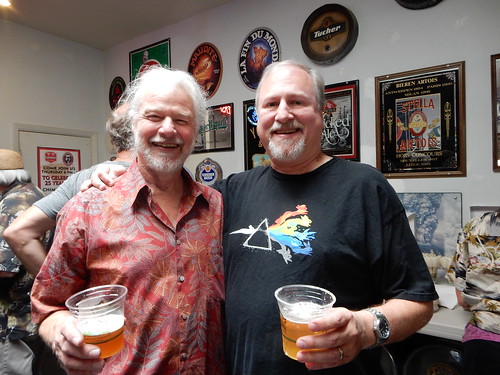







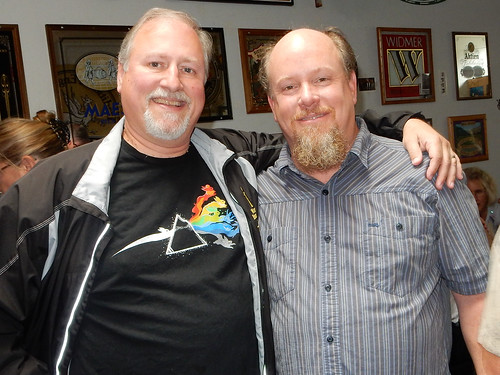
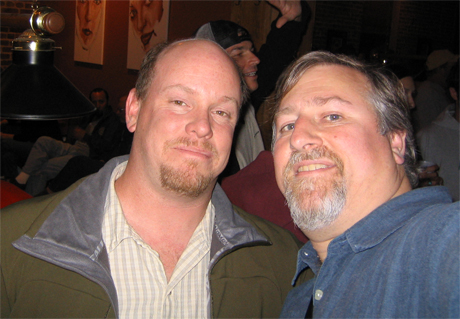

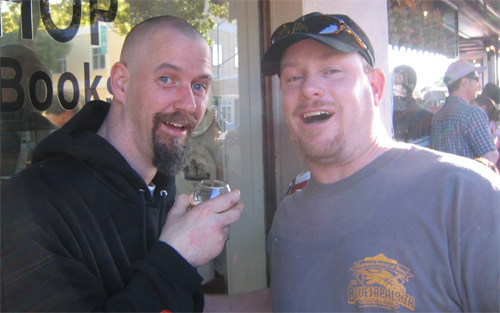
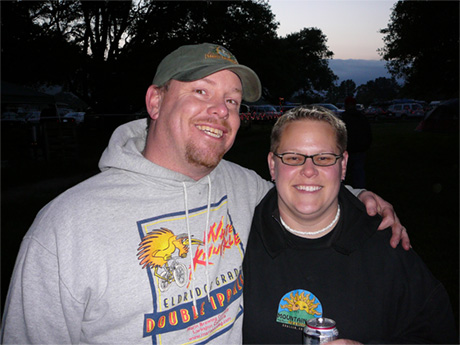




 Me and Tim enjoying some hop tea, while picking hops at Moonlight Brewing’s hopyard in 2007.
Me and Tim enjoying some hop tea, while picking hops at Moonlight Brewing’s hopyard in 2007.